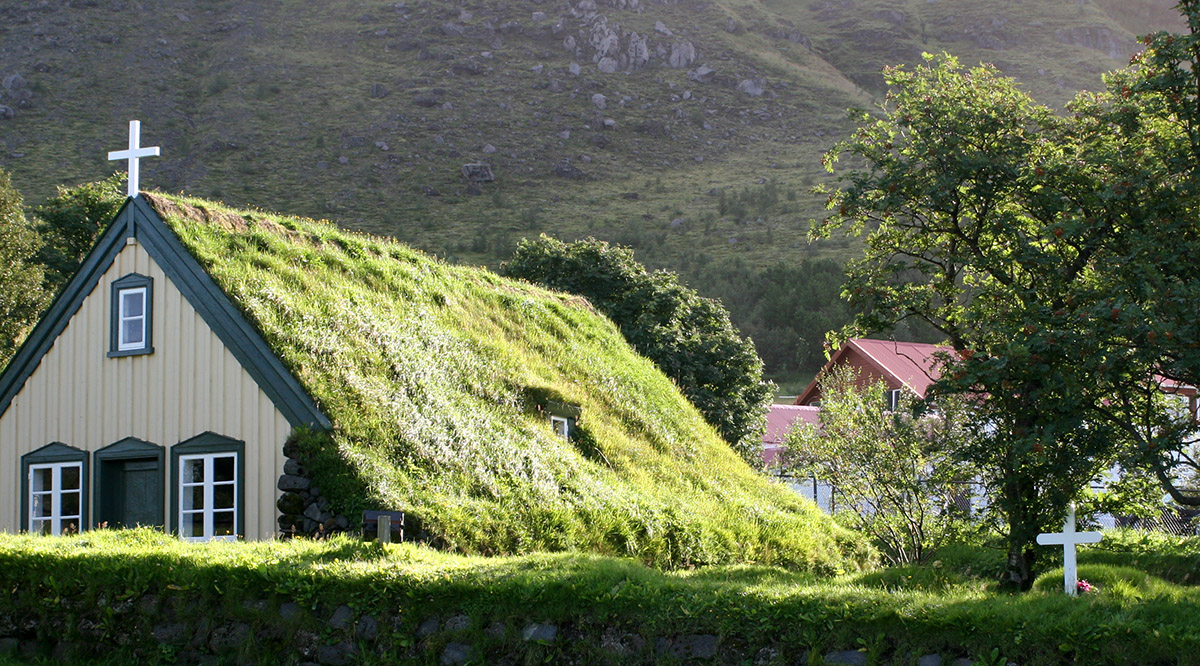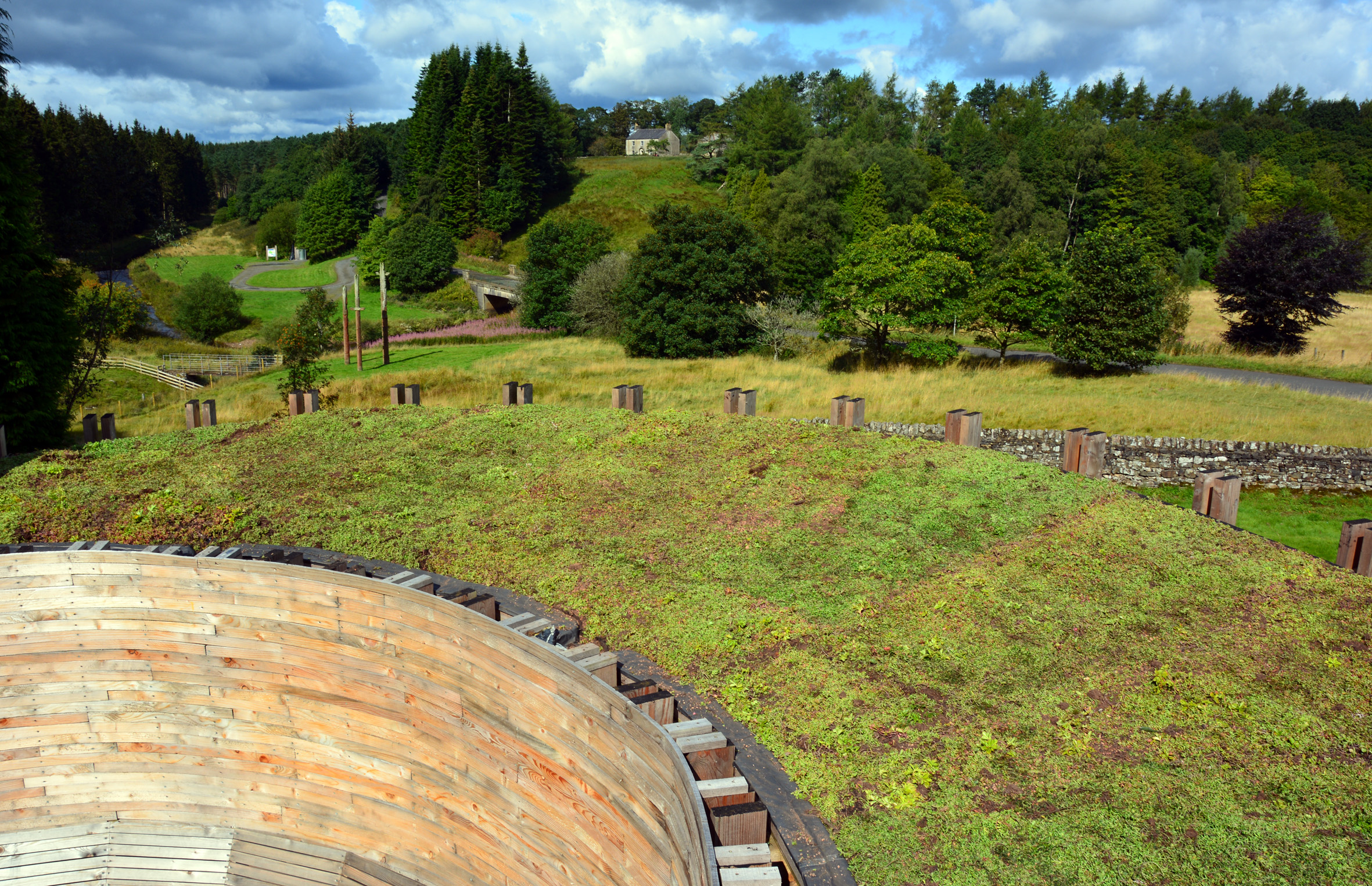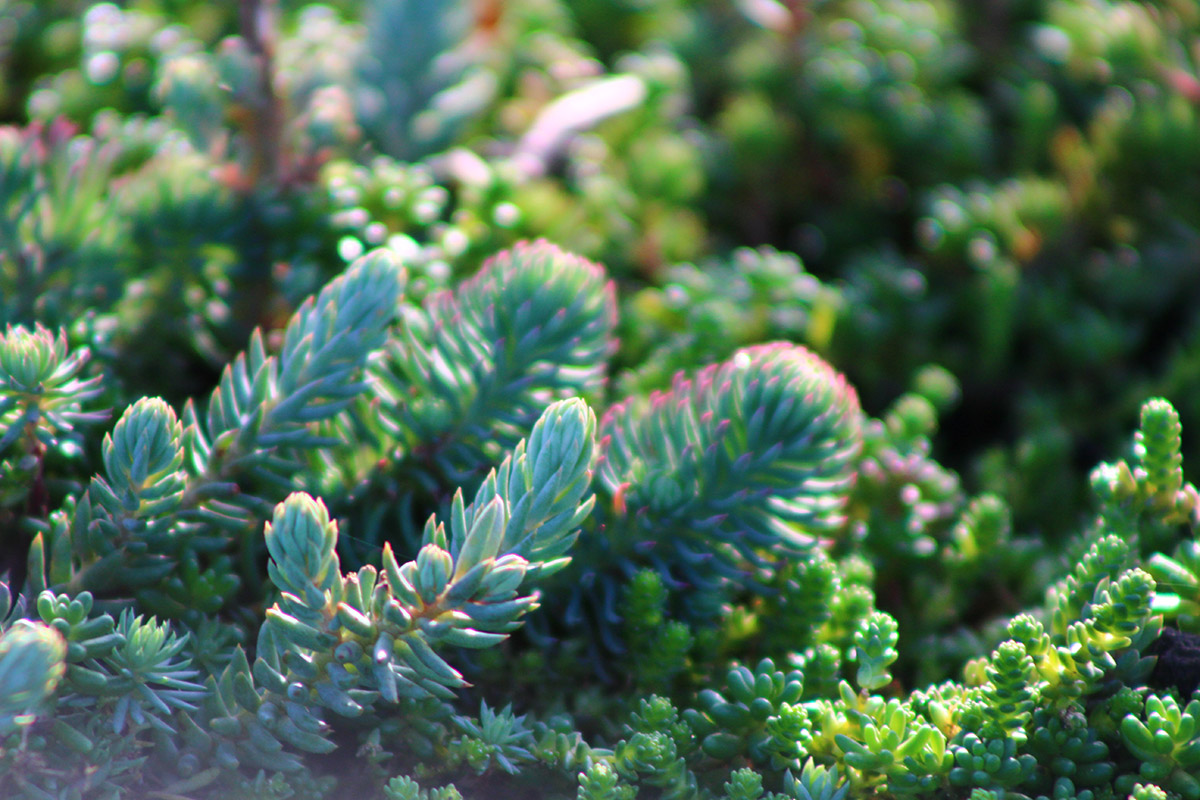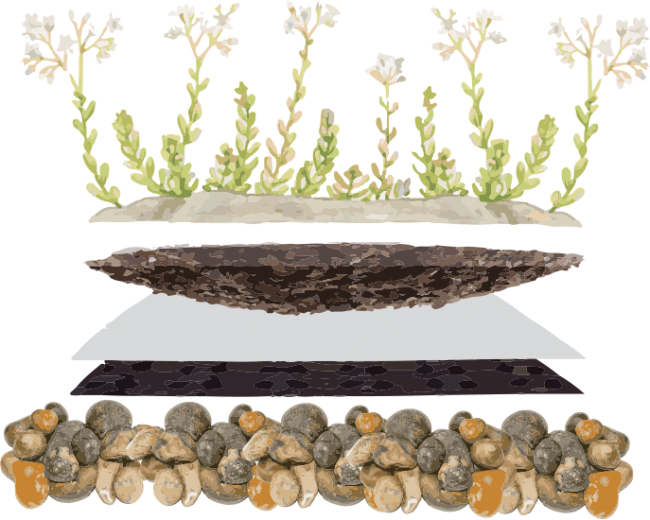WHAT ARE GREEN ROOFS?
Green roofs are vegetated layers that sit on top of waterproofed roof surfaces of a building. Green roofs come in many different forms and types, including extensive, intensive and biodiverse or brown roofs. These terms refer to the degree of maintenance the roofs require, and the level of vegetation that can be utilised.
Green roofs have been in existence for hundreds of years, with their roots traced back to Scandinavia where they were used to provide shelter from the elements in winter months, and to stay cool in the summer. The modern principals of green roof design were heavily developed in Germany in the 1970’s with the intention of restoring the natural environment, and the added protection of roofing membranes.

Green roofing has evolved due to the ever increasing need for green spaces within our cities, and because of their very wide range of environmental and economic benefits. As can be highly visible, green roofs clearly signal the intent for sustainable building and provide a positive and bold image to a building or commercial development.
TYPES OF GREEN ROOF
There are many types of green roofs that can be installed. These vary from Biodiverse habitat roofs that require little maintenance, to fully intensive roof gardens that replicate parks and public spaces on the ground.

BENEFITS OF GREEN ROOFS
Green roofs help in many ways to sustain an efficient and diverse ecosystem. They provide major benefits such as reducing the Urban Heat Island Effect, storm water runoff, reducing the carbon footprint of the building, improving air quality, and increasing the thermal performance of a building.


